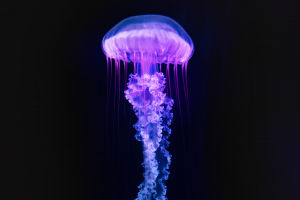Swans like to live in groups in lakes and swamps. They mainly eat aquatic plants, as well as snails and mollusks. Most of them are monogamous and stay together for life.
Due to their white feather, beautiful posture, moving cry and loyal behavior, the white swans are taken as a symbol of purity, loyalty, and nobility in the Eastern and Western cultures of Eurasia.
Japan is one of the wintering places for swans. There are about 20 ancient names of swans in Japanese. There are many stories about swans in Japan. They are considered to be ambassadors of heaven and "divine birds".
There are many descriptions of swans in ancient Greece. Aristotle's zoology discusses the habits and behaviors of swans, as well as the morphological anatomy of swans. The book "Greek bird manual" has a moving description of the swan's dying song. In western culture, the last article that written by the dying writer is called "swan song".
In Britain, outstanding poets or singers can be compared with swans. For example, Shakespeare's nickname is "Avon's swan". There are also Swan images in western music and literary works. Saint Sang's swan's death and Tchaikovsky's dance drama Swan Lake all have noble and holy Swan images. Andersen interpreted a moving "ugly duckling" with the change of swan feather color. The constellation in the sky also has the figure of Swan (Cygnus), which is the embodiment of Zeus in Greek mythology. Many artists have created handed down art works on the theme of Leda and swan. There are countless place names named after swans all over the world.


